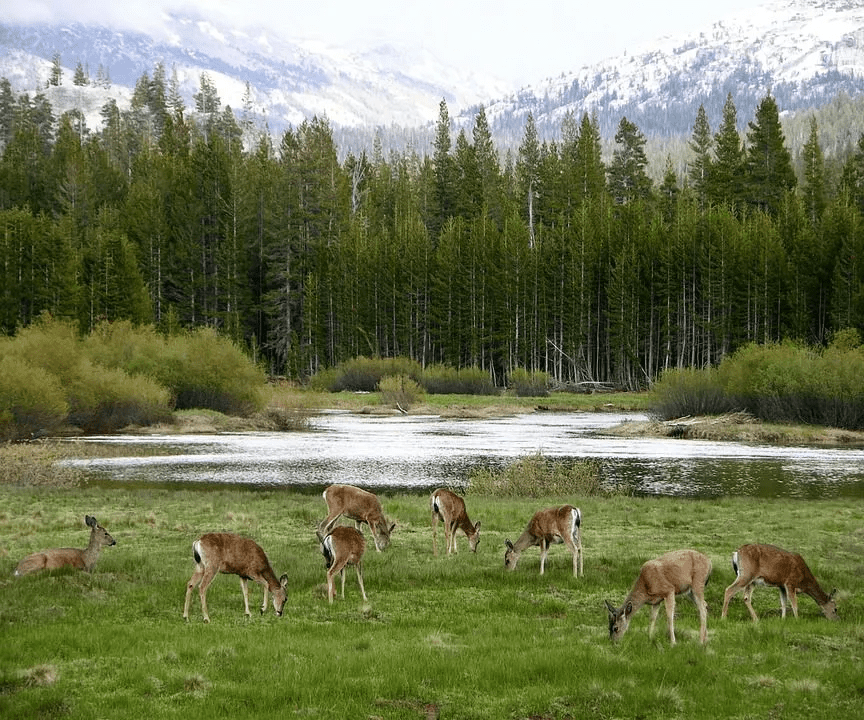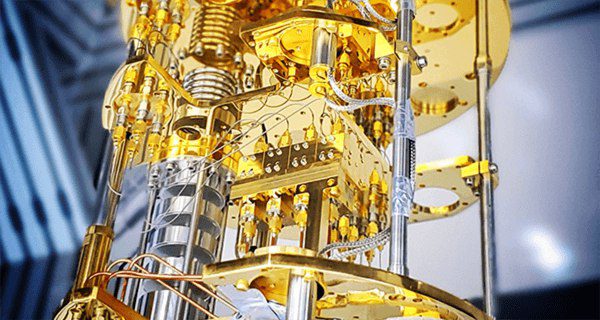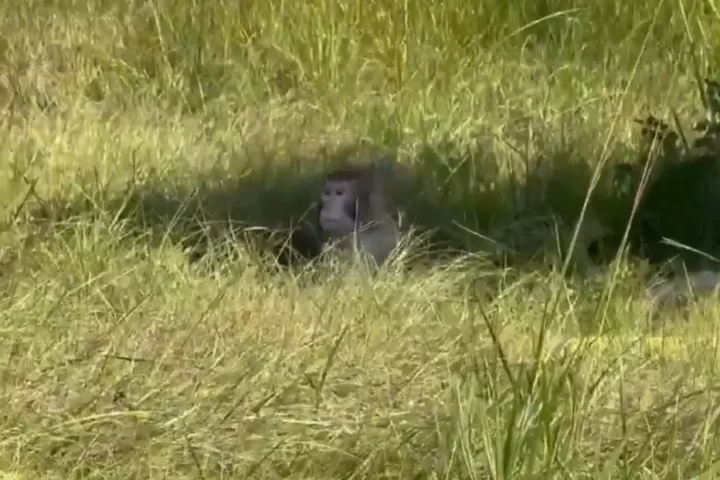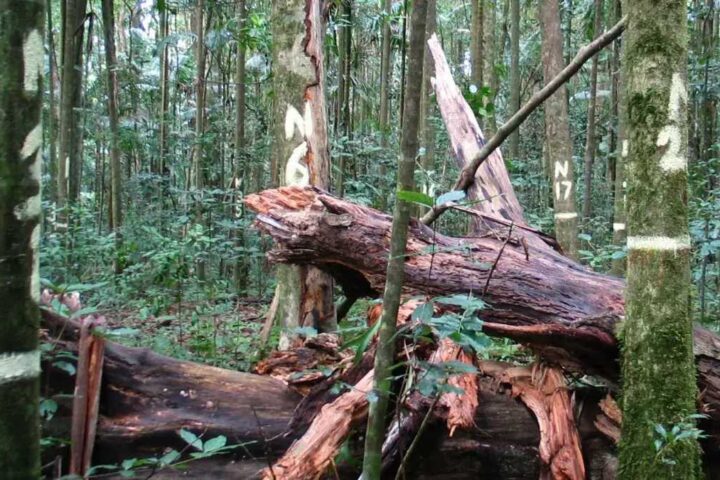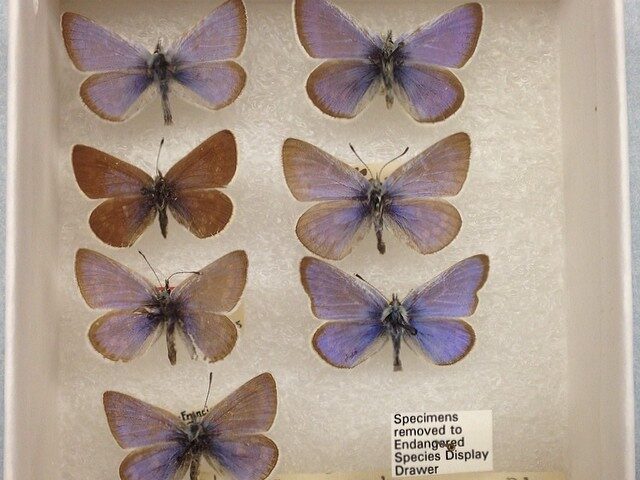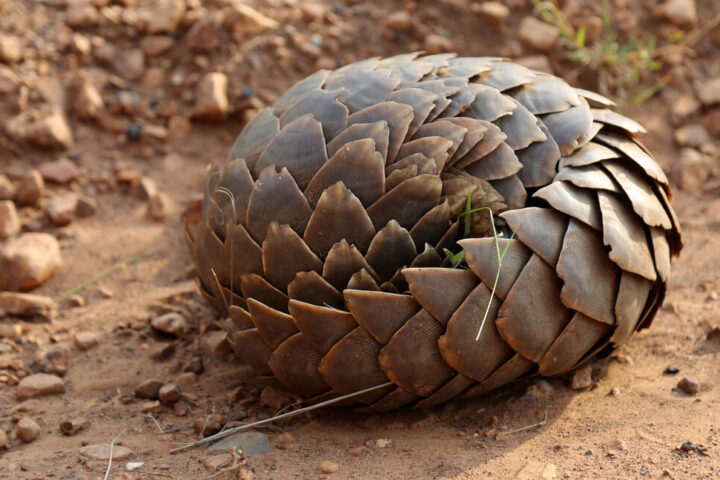The beauty and diversity of California’s rich flora is attributed to its ancient trees, each contributing to the state’s unique natural charm. However, according to a recent report from the U.S. Forest Service, the state’s forests faced significant challenges in 2022 due to the devastating impact of drought and warm temperatures. The report highlights the adverse effects on California’s ecosystems, which resulted in widespread tree mortality, forest degradation, and other environmental concerns.
The report provides a comprehensive overview of the extent of the damage, with the majority of the tree mortality observed in true fir, which accounted for over 77% of the total number affected – the highest ever recorded by R5 ADS. The central Sierra Nevada Range and the north interior of the state faced the most severe and widespread mortality, where exceptional drought conditions were present.
Additionally, the mountain pine beetle (Dendroctonus ponderosae) remained a steady cause of tree mortality, with an estimated 390,000 dead trees across 40,000 acres recorded in 2022. Whitebark pine was the primary species affected by this group. Douglas-fir mortality, not caused by bear damage, increased dramatically, with the highest concentration observed in the north and west of the Redding area.
The Ips sp. also caused a significant increase in pinyon pine mortality, with an estimated 220,000 dead trees across 16,000 acres recorded in the White Mountains of far eastern California. Meanwhile, incense cedar mortality was widespread but underrepresented in aerial surveys, as these trees were typically smaller and thus harder to spot from a distance.
However, the spread of the invasive disease sudden oak death (Phytophthora ramorum) caused a substantial decrease in tanoak mortality, thanks to the dry spring weather inhibiting its spread. The goldspotted oak borer (Agrilus auroguttatus) also caused a significant decrease in oak mortality, concentrated primarily in and around the Palomar Ranger District in San Diego County. Although oak discoloration, early leaf-drop, and possible dieback were common throughout the interior areas of the state, it is challenging to detect actual oak mortality from a distance, but significant oak mortality is a possibility over large areas.
This report serves as a wake-up call to take prompt action to mitigate the harm to California’s forests and protect its unique and valuable ecosystems for future generations.
